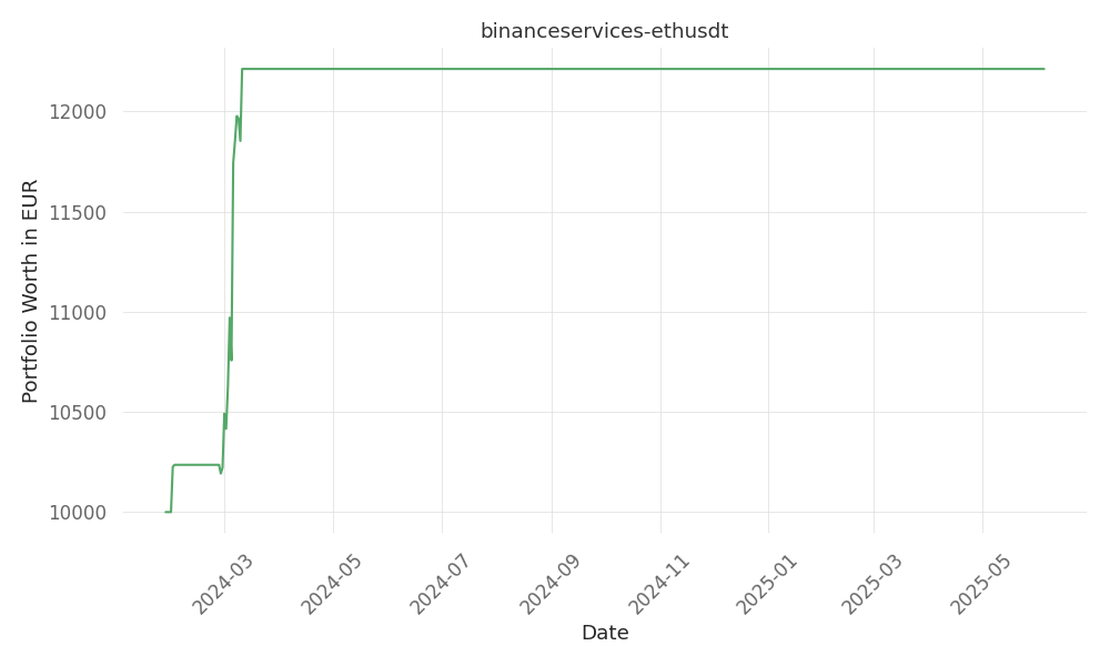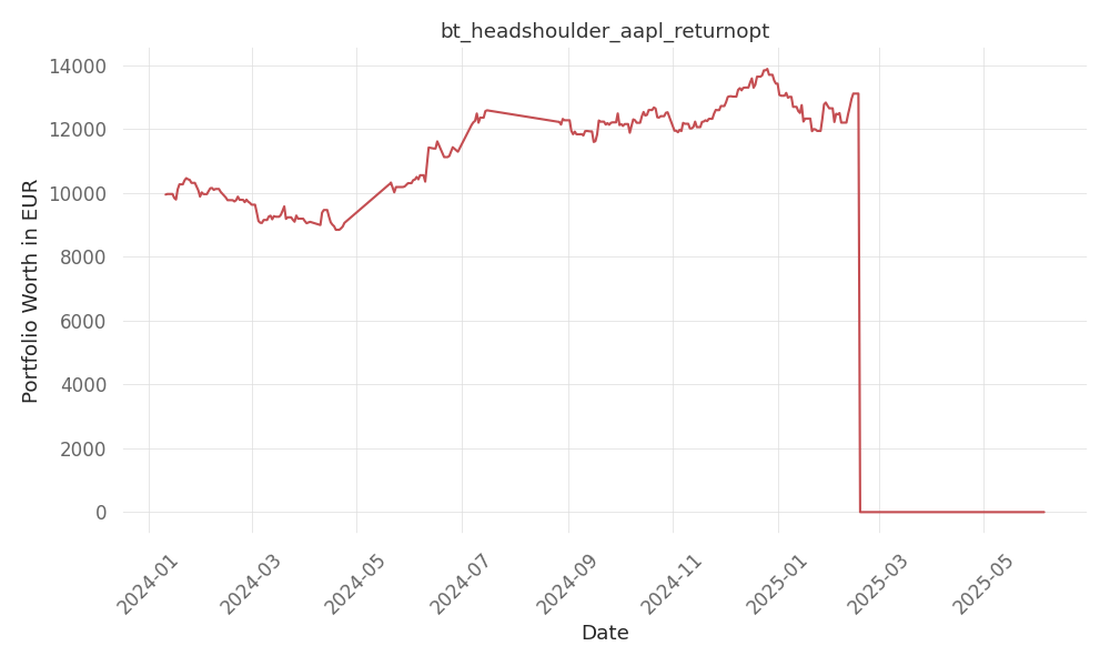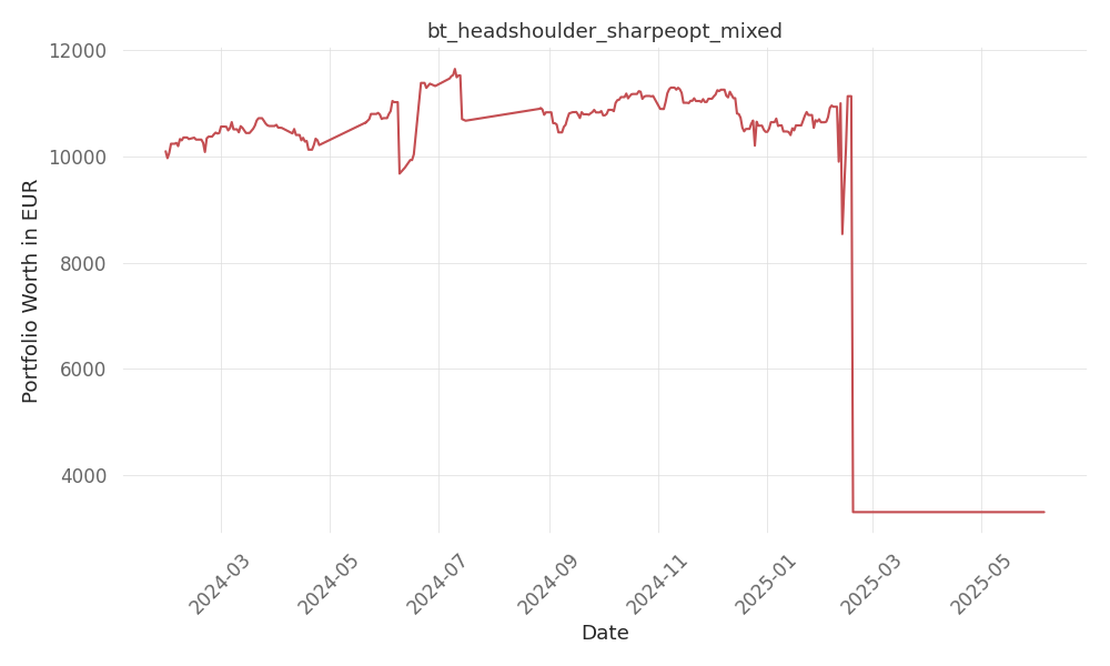
binanceservices-ethusdt
Introduction to our strategy no description yet Quick Summary Metric Value Return % p.a. 16 Days active 494 …

tickers: SSNLF
source: Business Standard
| ticker | polarity | why? |
|---|---|---|
| SSNLF | positively | Based on the information provided, it is not clear if the article is specifically about the ticker SSNLF. Therefore, I cannot provide a relevant answer in this context. |
None so far…
In Walter Isaacson’s biography of Steve Jobs, the late Apple co-founder revealed his strong animosity towards Google, vowing to launch a “thermonuclear war” against the tech giant. Jobs believed that Google’s mobile platform, Android, was a “stolen product.” This sentiment was a drastic shift from their previous close collaboration. Eric Schmidt, who served as Google’s Chairman, even sat on Apple’s board at one point. However, the conflict between the iPhone and Android ultimately led to Schmidt’s departure from Apple’s board. The relationship between Apple and Google has been marked by a pattern of friendship and enmity over the years. Bloomberg recently reported that Apple was in talks to integrate Google’s Gemini artificial intelligence into iPhones, indicating a potential reconciliation between the two tech giants. This development is not surprising considering Apple’s success in converting India into a hub for iPhone assembly. Now, it seems that Google is looking to replicate this strategy for its own phones. Google has taken its first step towards this goal by finalizing its mobile device assembly partners in India. The company has tied up with Dixon Technologies and Bharat FIH, a Foxconn company, to assemble its phones, including the flagship Pixel 8. While Google is currently a small player in the global and Indian mobile phones market, it is expected to increase its market share in India. Counterpoint Research projects that Google’s market share will grow by 39% in 2024, allowing the company to sell an estimated 600,000 to 700,000 phones annually in India. Compared to Apple, Google’s presence in the mobile phones market is relatively small. Apple sold more than 7.5 million iPhones in India last year, while Google sold only 10 million phones worldwide. However, Google’s share of the overall market is increasing. In 2023, Google’s market share in India was 0.25%, nearly double that of the previous year. Google’s decision to partner with contract assemblers eligible for government incentives under the production-linked incentive scheme, along with its reliance on Foxconn and Dixon, mirrors Apple’s strategy in India. Google operates in two segments of the Indian market. Its Pixel 8 competes in the super premium segment above Rs 1 lakh, alongside Apple and Samsung. The Pixel a series, on the other hand, targets the entry premium and upper-mid segments of the market (above Rs 30,000), where companies like OnePlus operate. Neil Shah, founder of Counterpoint Research, estimates that the above Rs 30,000 market represents 20% of volumes and 51% in value, making it the addressable market for Google phones in India. While Google initially focused on showcasing the strength of the Android platform on its own phones, it has now become a bigger player in the market. In the United States, Google’s Pixel phones have a 2% market share, making them the fourth largest selling phones. In Japan, Pixel is the third largest brand with a 10.7% market share, surpassing Samsung and Lenovo. Google’s decision to shift its production base to India from China and Vietnam is driven by India’s larger domestic market, cheap mobile internet, and the government’s production-linked incentive scheme. India presents a significant opportunity for Google to expand its presence in the global electronics value chain. By partnering with contract assemblers in India and leveraging the production-linked incentive scheme, Google aims to narrow the cost gap with Vietnam and increase its production sales. With India’s growing demand for smartphones and its position as the world’s largest YouTube watching population, the entry of another global brand like Google will help the government achieve its target of a 15-20% share of the global electronics value chain by FY26. In conclusion, the relationship between Apple and Google has been marked by both collaboration and conflict. While Steve Jobs once vowed to wage a “thermonuclear war” against Google, recent reports suggest a potential reconciliation between the two tech giants. Google’s decision to manufacture its phones in India, following Apple’s successful strategy, indicates its ambition to increase its market share in the country. With India’s growing smartphone market and government incentives, Google has an opportunity to establish itself as a major player in the industry.

Introduction to our strategy no description yet Quick Summary Metric Value Return % p.a. 16 Days active 494 …

Introduction to our strategy no description yet Quick Summary Metric Value Return % p.a. -71 Days active 511 …

Introduction to our strategy no description yet Quick Summary Metric Value Return % p.a. -49 Days active 492 …